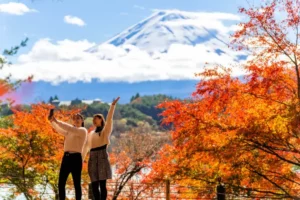
Visit Japan: What Do Wealthy Tourists Want During Their Trip?
From the bustling Golden Route to quiet, lesser-known towns, we’ll explore how affluent visitors spend their time in Japan.

From the bustling Golden Route to quiet, lesser-known towns, we’ll explore how affluent visitors spend their time in Japan.

Born in the coastal city of Akashi in Hyōgo Prefecture, this dish represents the perfect balance between simplicity and craftsmanship, offering an authentic taste of Kansai comfort.

If you’re planning a trip to Nagano City, you won’t want to miss these five must-visit spots that bring together history, culture, nature, and fun.

Summer 2025 will be remembered as one of the most extreme seasons in Japan’s history. Temperatures soared to record highs, leaving cities sweltering, crops struggling, and daily life challenging for millions of people.

The matcha cafe has revived the tea ceremony tradition in a more fun and relaxed setting, especially in urban areas. Today, we’ll take a look at one such establishment – Maccha House. Let’s find out how it, along with other matcha cafes, helps keep the country’s tea culture alive
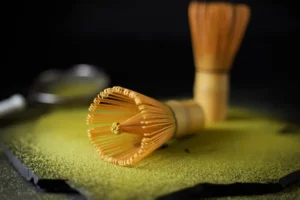
In Nara, tradition runs as deep as its rivers. Here, a special craft stands out: the making of the matcha whisk. This delicate tool is essential for preparing matcha with precision. Each whisk reflects centuries of skill, patience, and artistry. More than a utensil, it symbolizes the rich cultural heritage of Japan’s tea ceremony.

Japan’s wilderness is full of ancient trails carefully threading their way through mountains and along riverbanks. Nakasendo is one such trail. This central route through the Japanese Alps was carved through the country’s landscape to connect empires and project shogun power. But it didn’t only move people and goods.
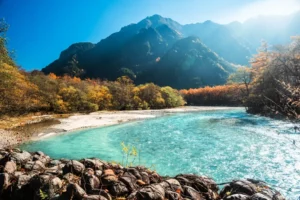
The Japanese Alps are a mountain range in central Japan. Their location draws thousands of hikers, nature lovers, and history enthusiasts from all over Japan each year.
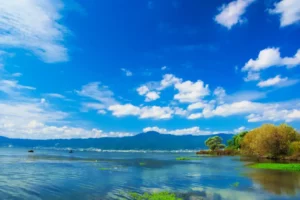
Renowned as Japan’s largest freshwater lake, Lake Biwa is not only a place of natural beauty but also a gateway to the country’s deep past.
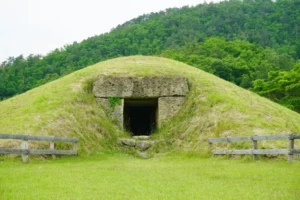
Japan’s ancient kofun (burial mounds) often appear as simple parks, blending seamlessly into the surrounding city. But, in ancient times, they stood proudly above the landscape as symbols of their occupants’ wealth.

Hakuba is a mountain village in Nagano Prefecture and one of Japan’s most beloved winter destinations. Surrounded by the dramatic peaks of the Northern Alps, the area receives some of the heaviest snowfall in the country.
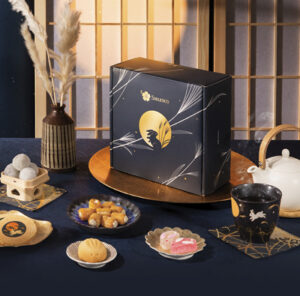
Hello, Sakuraco community! We hope you’re doing well. Here are the winners of the September 2025 Reviewer Contest!
Join our newsletter and receive tasty news and deals
Thanks! We just sent you an email to confirm your subscription. To finish signing up, please click the confirmation link in the email.
Error